To ensure that Vancouver Island remains pristine and accessible to everyone, it is important to Leave No Trace when exploring the outdoors. Think of Leave No Trace as an ethics code for visiting natural places. The idea is to minimise our impact on nature as much as possible.
Of course, it is impossible to leave absolutely no trace at all. Leave No Trace is all about making many small choices that help leave places better than when you found them.
Read on to learn more about Leave No Trace and the seven principles that help us practice doing so!
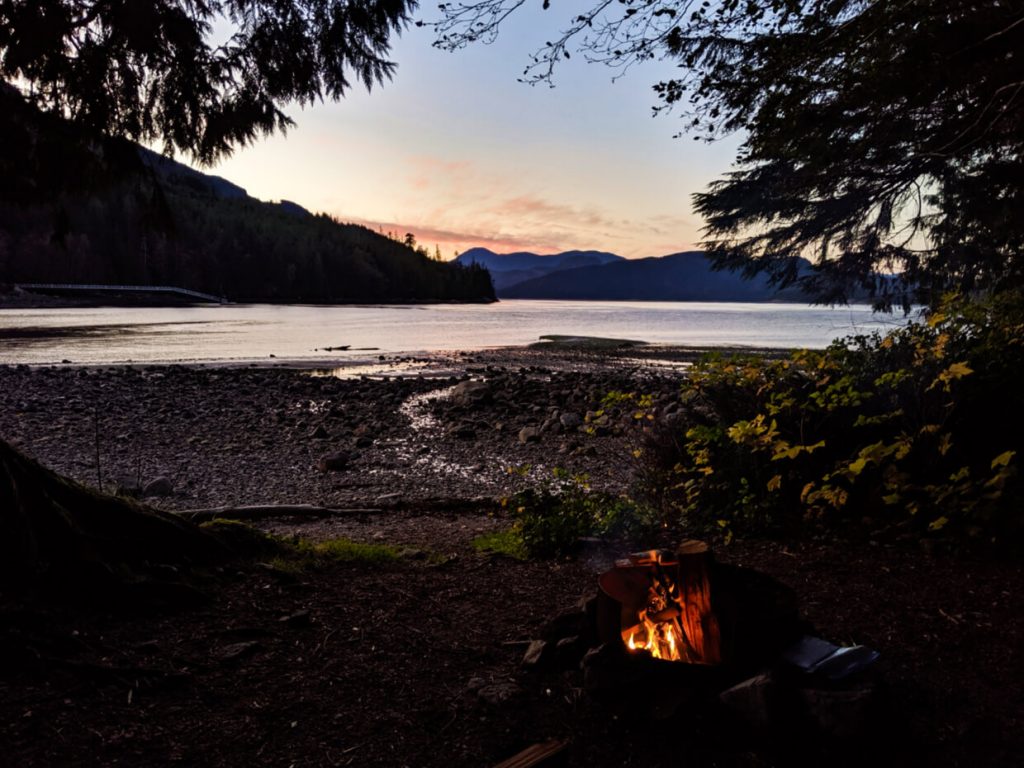
The origins of Leave No Trace
Caring for nature is certainly not a new concept. The Leave No Trace tagline, however, dates from the 1960’s when the US Forest Service educational campaign to promote wilderness ethics.
An independent Leave No Trace organisation was founded in 1994 by American land management agencies, NGOs and members of the outdoor industry. It is now known as the Leave No Trace Center for Outdoor Ethics (based in Boulder, Colorado) and primarily provides Leave No Trace training and educational resources.
Regional versions have since popped up around the world, such as Leave No Trace Canada.
Who should follow Leave No Trace?
Simply put, everyone! The Leave No Trace concept was originally intended for people camping in remote areas, but the principles are relevant for any type of nature exploration.
In fact, I’d go so far to say that it should be attempted when visiting any place, including urban spaces! Lessening our impact on this beautiful Earth is always a good thing.
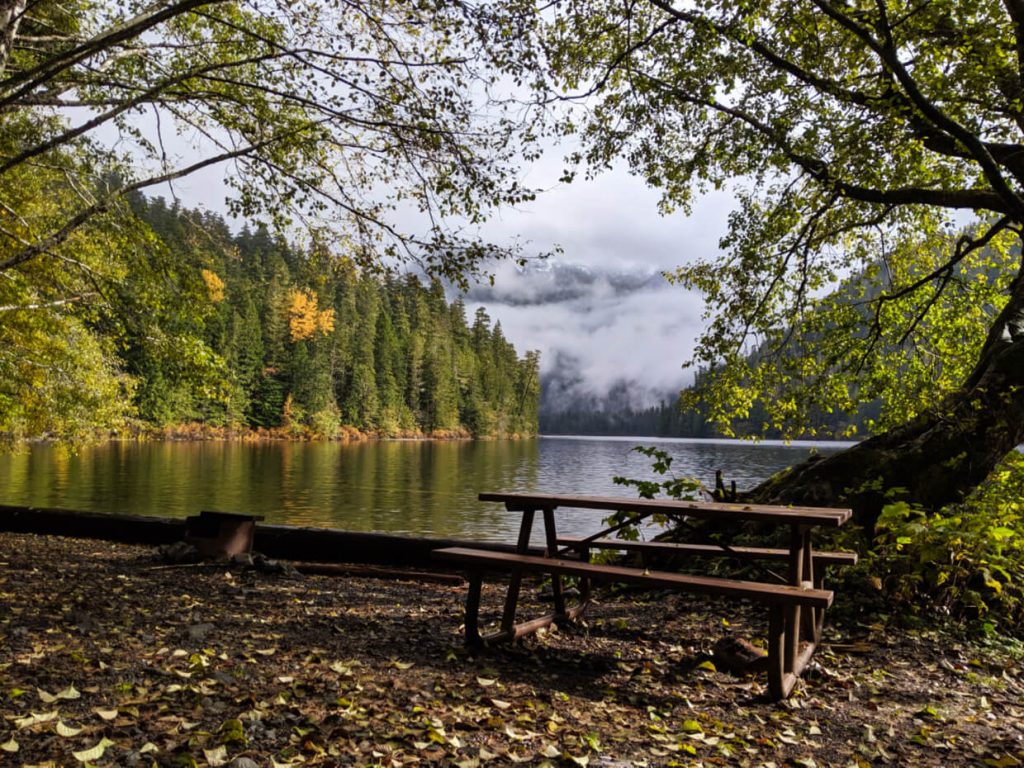
The importance of Leave No Trace
As increasing numbers of people venture into the great outdoors, the need for Leave No Trace education becomes more and more apparent. After all, we’ve all heard about hiking trails, lakes and even sunflower fields being loved to death.
And it’s not just the beauty of nature that suffers. Improperly stored food left by campers at Keyhole Hot Springs in British Columbia led to grizzly bears becoming habituated, a dangerous situation for both bear and human.
It’s easy to assume that everyone has the same concept of reducing impact on nature. Sure, the idea of not leaving trash is widely understood, but how about not feeding wild birds, stepping off hiking trails and not washing in lakes?
The latter examples are fairly common occurrences, especially (but not only) by people new to the outdoors. And that’s not their fault – after all, we don’t know what we don’t know!
Having a conservation ethic is not innate. It’s all about education. I’m certainly guilty of doing at least one of those things when I first started hiking!
This is why I love the Leave No Trace Principles; the key messages are all there, it’s up to us to practice it and pass it on.
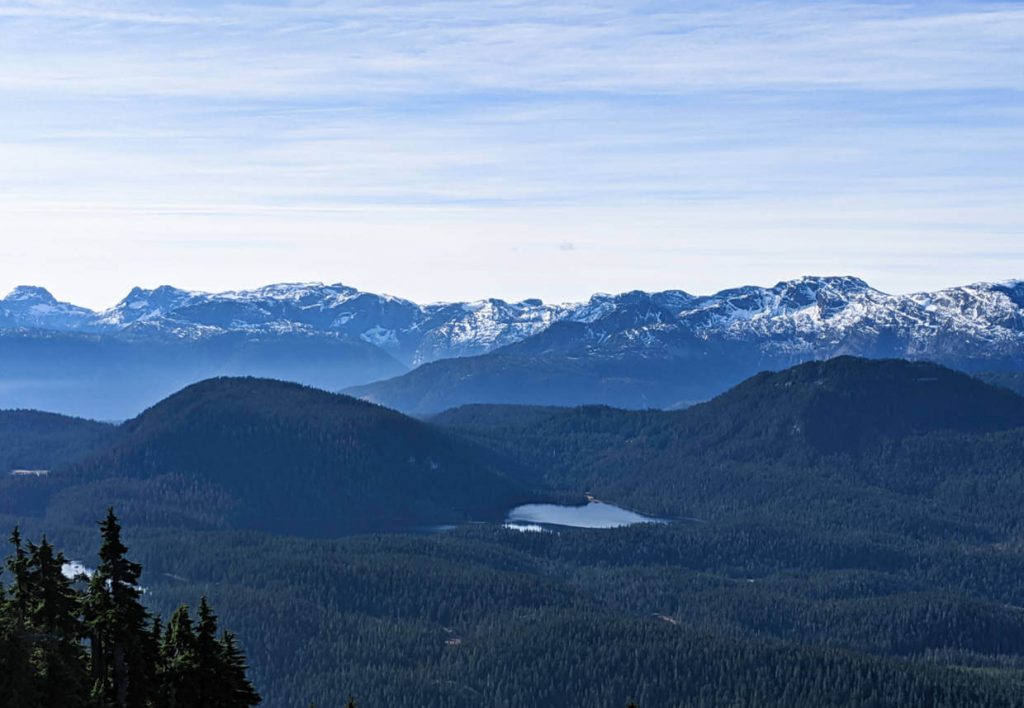
The Seven Principles of Leave No Trace: Explained
Leave No Trace has seven core guidelines. Embracing the following practices will help reduce you own impact on nature.
Plan ahead and prepare
The more prepared you are, the more likely you are to have a fun, safe and low impact outdoor adventure. Before leaving home, do your research. Consider:
- Regulations. Be aware of any restrictions (e.g. fire ban), required permits or warnings
- Weather. Check the forecast but prepare for the worst
- Clothing. Select appropriate clothing (and extra layers) for the most extreme conditions
- Meal planning. Repackage food to reduce weight and waste
- Timing. Choose less busy (weekdays, shoulder season) periods when possible
- Navigation. Know where you’re going and bring navigation aids, to reduce risk of getting lost
- Safety. Bring the 10 Essentials to help alleviate inconveniences that could become emergencies
- Trip plan. Let someone know where you’re going and when you plan to come back
Travel and camp on durable surfaces
Outdoor activities cause erosion, especially on delicate terrain such as alpine meadows. In some places, a single footstep can irreparably destroy slow growing vegetation.
- Using established trails reduces overall damage. Stay on the trail – don’t cut corners. Walk in single file with other hikers. Walk through mud, not around it
- In places without trails, spread out and step on rocks, dirt or gravel to cause minimal harm. Travel in smaller groups
- Good campsites are found, not made. Use established campsites when possible. Otherwise, choose dry grass, rock, sand, gravel or snow
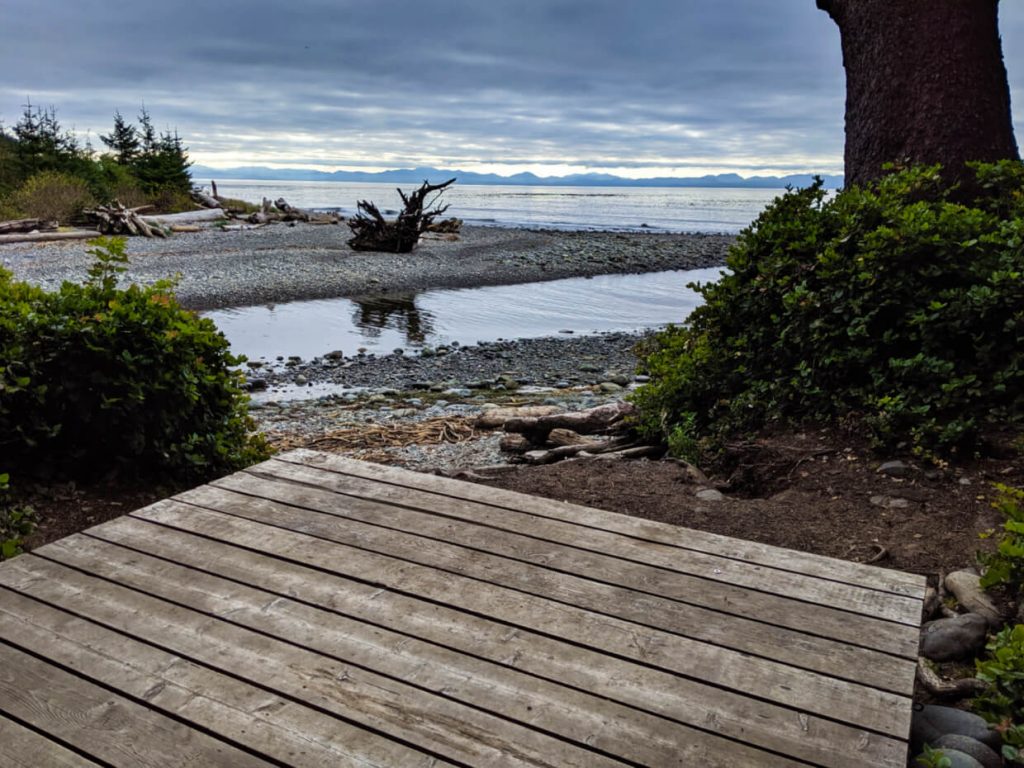
Dispose of waste properly
Pack it in, pack it out. Not only is it pretty disgusting to find trash and human waste in nature, it can cause serious harm to wildlife, water sources and vegetation.
- Take ALL of your trash home with you, even the biodegradable items (banana peels, apple cores etc)
- Inspect your campsite or picnic/lunch spot before leaving. Always aim to leave places cleaner than you found it
- Dig and use a cathole in places without outhouse facilities (more info here). Pack out toilet paper
- Wash dishes and yourself away from water sources. Strain dishwater, pack out food scraps and then scatter or bury graywater
Leave what you find
Take only memories and photos with you, to help preserve the natural environment. This also allows other people to experience the destination or trail as you were able to.
- Leave flowers, trees and rocks where they are. If everyone picked a flower or two, there may be none left
- Avoid building structures. This includes hammering nails into trees, creating seating areas and building trenches
- Examine but do not touch cultural and natural artifacts. Let other people discover them too
Minimise campfire impacts
For many people, a campfire is an integral part of wilderness camping. But campfires can be pretty destructive. Luckily, there are ways to minimise the impact and continue to enjoy them.
- Check regulations first. Some places have season fire bans or do not allow campfires at any time
- Build campfires in existing fire rings and keep campfires small. Build a new fire pit only in emergency situations
- Use a stove for cooking food. Not only is it quicker, but it saves firewood too
- Always extinguish the campfire properly (more info here). Wildfires are no joke.
- Consider not having a campfire. While always fun, do you need to have one every night?
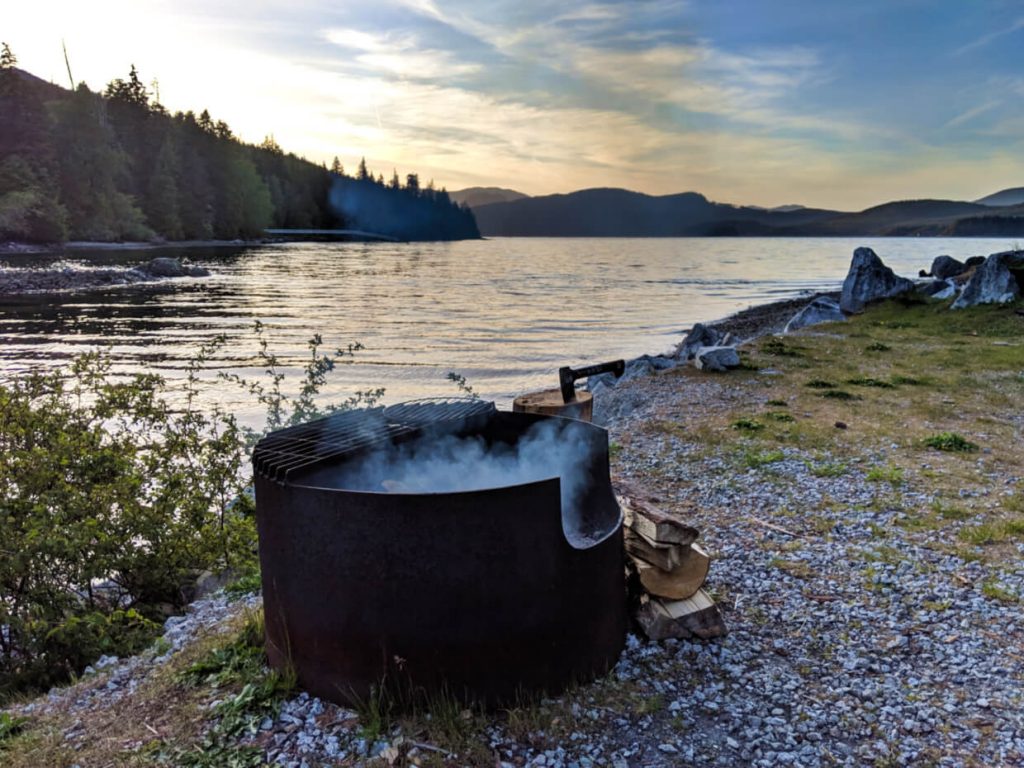
Respect wildlife
Seeing wildlife can be one of the best aspects to exploring the outdoors. It is important, however, to give wildlife respect. You are, after all, exploring their home!
- Observe from a distance. If an animal changes its behaviour because of your presence, it means you are way too close.
- Do not feed animals. Not only can human food can make animals sick, but it may encourage them to keep seeking it
- Store food properly. Always make sure animals cannot access your food. If they do, you are inadvertently feeding them
- Control your pet. Chasing or bothering wildlife is not cool. Some parks do not allow dogs, while others require them to be on a leash at all times
Be considerate of others
As well as respecting wildlife, we should respect other people too. The great outdoors is for everyone to explore and enjoy.
- Let the sounds of nature rule. Stay close to your group to avoid yelling. Leave the music at home
- Give other people space. Camp a reasonable distance away from others. Keep group sizes small
- Be considerate. Allow other people access to viewpoints and campground facilities. Yield on trails. Keep pets under control
How to Leave No Trace When Exploring the Outdoors
If you’re feeling overwhelmed, don’t panic. There’s a lot to learn. It boils down to:
- Do your research
- Stay on the trail
- Leave nature as it is
- Pack out what you pack in
- Extinguish campfires (and keep ’em small)
- Be considerate to humans and wildlife
Help keep the wilderness wild. For more information and tips, check out the Leave No Trace Canada website. This article was originally published on Off Track Travel.
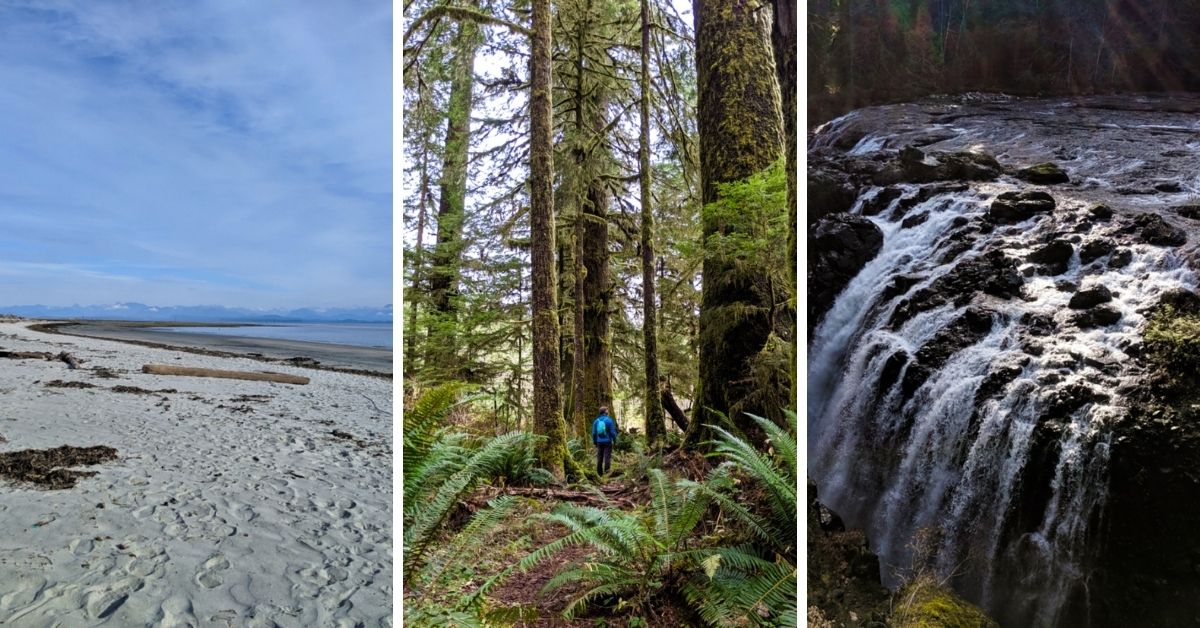

1 thought on “How to Leave No Trace When Exploring Vancouver Island”
Comments are closed.